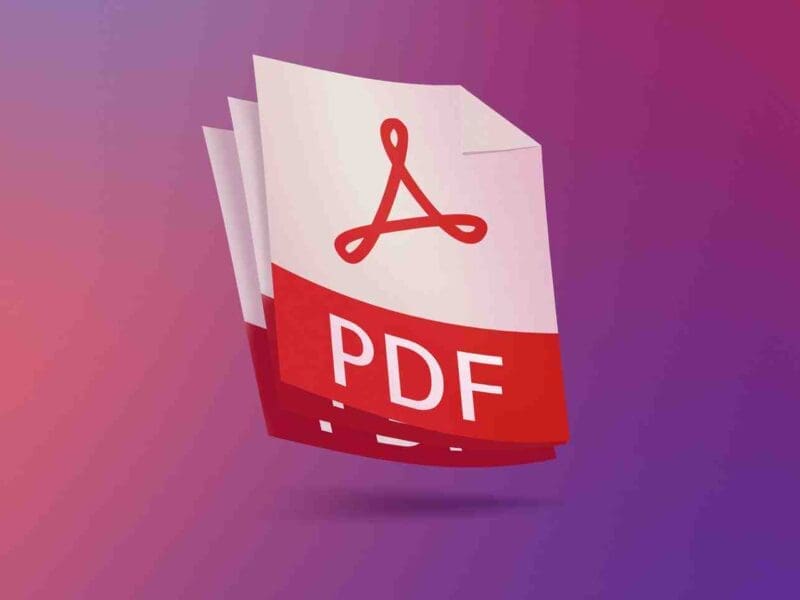
How to Design Great Visuals
Visual design plays a crucial role in capturing attention, conveying messages, and creating memorable experiences. Whether you’re designing a website, social media graphics, or print materials, the visual elements you choose and how you arrange them can greatly impact the effectiveness of your communication. In this article, we’ll explore the key principles and techniques for designing great visuals that leave a lasting impression.
1. Introduction
In the digital age, where attention spans are shorter than ever, it’s essential to create visually appealing content that engages your audience. Great visuals can enhance the user experience, convey brand identity, and increase the likelihood of message retention. By understanding the importance of visual design and leveraging its principles, you can create compelling visuals that captivate your target audience.
2. Understanding the Importance of Visual Design
Visual design is more than just aesthetics; it’s about strategically using colors, typography, composition, and imagery to communicate effectively. Well-designed visuals can evoke emotions, create a sense of trust, and guide users’ attention. They can also differentiate your brand from competitors and contribute to a cohesive brand identity. Another tip is to use free procreate brushes to contribute to your visual marketing efforts and create great visuals you can use on your site.
3. Elements of Effective Visual Design
3.1 Color
Color selection is a critical aspect of visual design. Different colors evoke different emotions and have distinct cultural associations. Understanding color psychology and harmonizing colors can help you convey the desired message and create a visually pleasing composition.
3.2 Typography
Typography involves choosing appropriate fonts, sizes, and spacing for your text. Fonts have their personalities and evoke different moods. It’s important to consider readability, hierarchy, and consistency when selecting typography for your visuals.
3.3 Composition
Composition refers to how elements are arranged within a design. Effective composition guides the viewer’s eye and creates visual balance. Techniques such as the rule of thirds, leading lines, and symmetry can help you create visually appealing and engaging compositions.
3.4 Imagery
Choosing the right images or illustrations can significantly impact the effectiveness of your visuals. High-quality, relevant visuals can capture attention and convey information more effectively than text alone. It’s essential to select images that align with your brand and enhance the message you want to communicate.
4. Applying Visual Design Principles
To create visually impactful designs, it’s important to apply fundamental design principles. Here are some key principles to consider:
4.1 Balance
Achieving visual balance ensures that no single element overpowers the others. It can be achieved through symmetrical or asymmetrical arrangements of elements. Balance brings harmony to your design and prevents it from appearing cluttered or disjointed.
4.2 Contrast
Contrast helps create visual hierarchy and emphasizes important elements. Contrast can be achieved through differences in color, size, shape
5. Optimizing Visuals for Different Platforms
Designing visuals for different platforms requires understanding the unique characteristics and requirements of each medium. Here are some considerations for optimizing visuals for web design, social media, and print design.
5.1 Web Design
In web design, visuals play a crucial role in engaging users and conveying information effectively. When optimizing visuals for websites, keep the following points in mind:
- Loading Speed: Optimize image sizes and formats to ensure fast loading times.
- Responsive Design: Design visuals that adapt well to different screen sizes and devices.
- Consistency: Maintain consistent visual elements throughout the website for a cohesive user experience.
- Accessibility: Ensure that visuals are accessible to all users, including those with visual impairments, by providing alt text and descriptive captions as I did here.
5.2 Social Media
Visual content on social media platforms needs to stand out and grab users’ attention amidst a constant stream of content. Consider the following when optimizing visuals for social media:
- Platform-Specific Requirements: Each social media platform has different image size and aspect ratio requirements. Tailor your visuals accordingly to ensure they appear correctly on each platform.
- Engaging Thumbnails: Choose eye-catching thumbnails that entice users to click and view your content.
- Consistent Branding: Maintain consistent branding across your social media visuals to strengthen brand recognition.
- Call-to-Action (CTA): Include a clear and compelling CTA within your visual to encourage user engagement.
5.3 Print Design
Print design encompasses various physical materials such as brochures, flyers, posters, and business cards. When optimizing visuals for print, consider the following:
- Resolution and Color Mode: Use high-resolution images (300 dpi) and work in the appropriate color mode (CMYK for print).
- Bleed and Margins: Account for bleed and margins to ensure that important visual elements are not cut off during printing.
- Typography Legibility: Choose fonts and font sizes that are easily readable in print.
- Print-Specific Effects: Consider using finishes like embossing, spot UV, or foiling to enhance the visual impact of print materials.
6. Tools and Resources for Visual Design
To create stunning visuals, leverage various tools and resources that can streamline your design process. Here are some valuable resources for visual design:
6.1 Graphic Design Software
Graphic design software provides powerful tools for creating and editing visuals. Some popular graphic design software options include Adobe Photoshop, Illustrator, and Canva. These tools offer a wide range of features and functionalities to help you bring your creative vision to life.
6.2 Stock Photos and Icons
Stock photos and icons are valuable resources for adding visual elements to your designs. Websites like Unsplash, Pixabay, and Freepik offer a vast collection of high-quality stock photos and icons that you can use to enhance your visuals and convey your message effectively.
6.3 Typography Resources
Fonts and typography play a crucial role in visual design. Websites like Google Fonts and Adobe Fonts offer an extensive library of fonts that you can use to find the perfect typography for your designs. Additionally, resources like Font Pair can help you pair fonts that complement each other and create visually appealing combinations.







